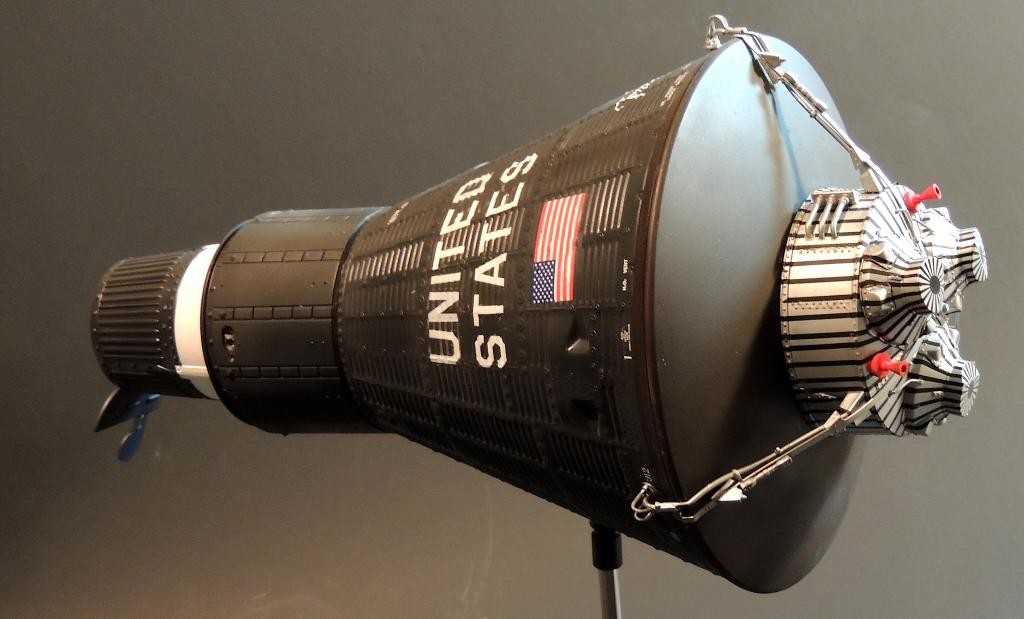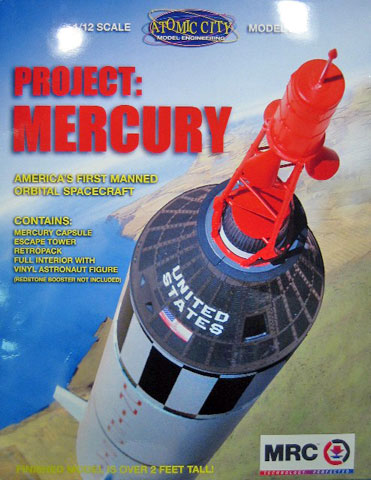

NUCLEAR TIME CAPSULES CRACKED
Also placed inside the capsule, according to the MIT News Service, was a small quantity of carbon-14 so that “if the cylinder should be cracked and if the documents should be destroyed, this can be used by scientists of the future to determine with considerable accuracy the date at which the capsule was buried.” To ensure that the capsule’s contents were protected from decomposition during their 1,000-year burial, the cylinder was filled with argon gas before it was sealed. “There is not enough information from what we have to discern how serious the time capsule’s creators were about that deadline.” The 1957 capsule is “very unusual in the sense that it proposes an opening date of 1,000 years from its burial,” Douglas says.

Most time capsules contain directions specifying that the container be opened in 50 or 75 years, so that a living witness could be present when it is unearthed and reopened. What makes the 1957 time capsule intriguing, Douglas explains, are the instructions for when it should be opened. “We seem to have this impulse to collect and to be deliberate about communicating with our future selves.” “It’s part ship in a bottle, part letter to the future, and we do it often,” Douglas says. Vest, and in honor of the accomplishments made by researchers at Building 20, which was home to the Radiation Laboratory and many other innovative research projects before it was replaced by the Ray and Maria Stata Center. There are at least eight capsules known to be buried on campus, honoring such occasions as the installation of a cyclotron on campus in 1939 and the inauguration of President Charles M. An article published in the June 4, 1957, edition of Tech Talk notes that the contents of the time capsule were “sealed into their glass tomb with blowtorches wielded by RLE glassblowers Lawrence Ryan and Anthony Velluto.”ĭouglas notes that several time capsules have been created at MIT to mark anniversaries and special occasions. The time capsule was a specially designed glass cylinder, created at the RLE Glass Blowing Lab to keep the object’s contents airtight. “The new building was to serve as the home of the Research Laboratory of Electronics, the Laboratory for Nuclear Science, and the Computation Center, and was to house a new IBM 704 mainframe computer. Students and researchers would be able to come to the building with their punch cards to run their studies.” MIT researchers were focused on developing the technologies of the future and they were excited about the completion of the Compton Laboratories,” Douglas notes. “Remember that this was just four months prior to the launch of Sputnik and the start of the ‘Space Race’ with the Soviet Union. Douglas explains that at MIT the spring of 1957 was a moment of great optimism. and professor of electrical engineering Harold “Doc” Edgerton buried the container in the spring of 1957, five days before the dedication of Compton Laboratories.


 0 kommentar(er)
0 kommentar(er)
